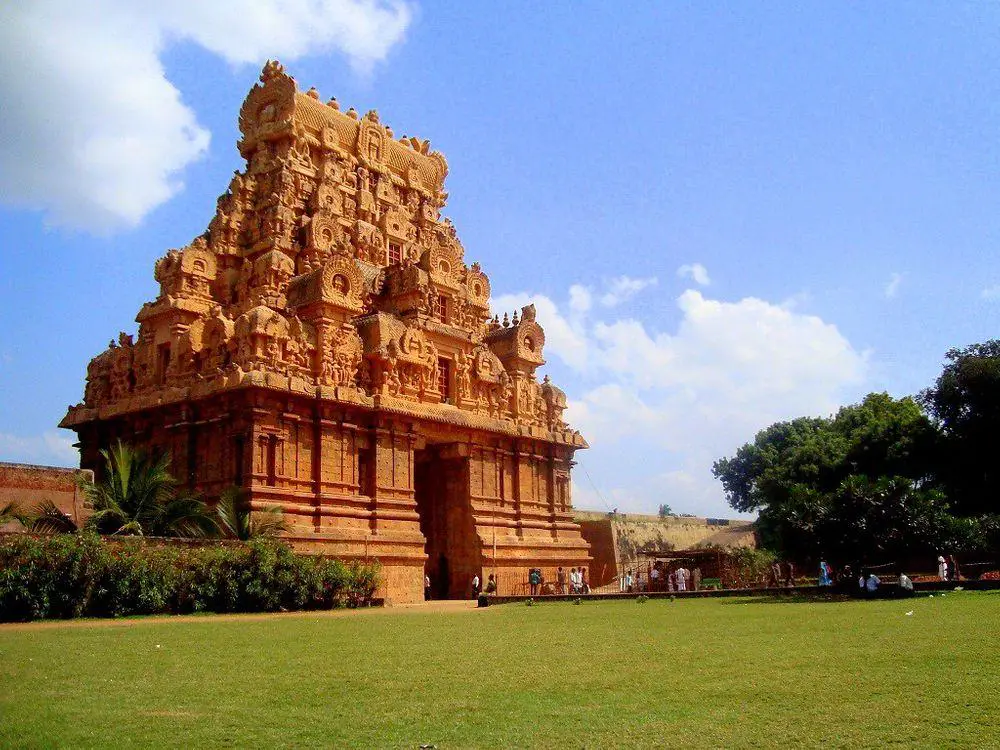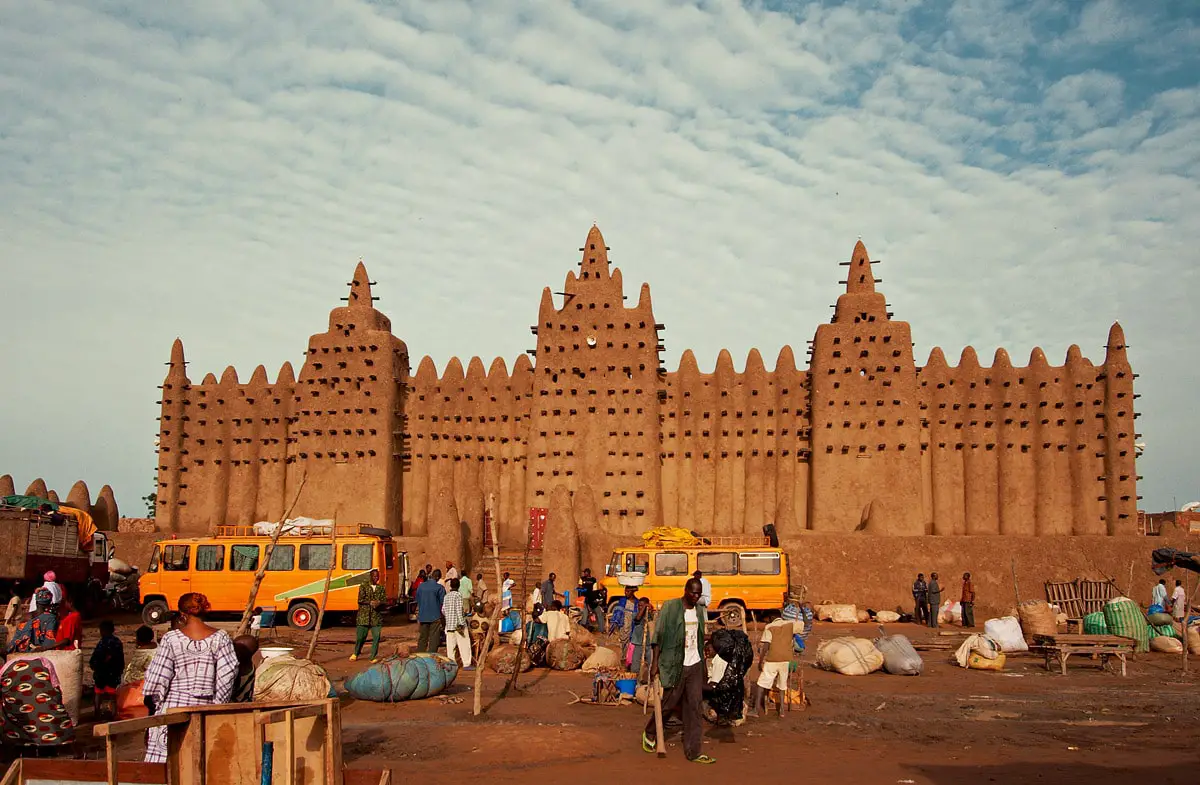World 🢖 Asia 🢖 India 🢖 Tamil Nadu
Hindu shrines 🢔 Religious architecture 🢔 Architectural wonders 🢔 Categories of wonders
Wonder
Koneri Mandapam
 41.8%
41.8%
GPS coordinates
Location, address
Writing in Tamil
Age
Religion
UNESCO World Heritage status
Map of the site
If you see this after your page is loaded completely, leafletJS files are missing.
 In detail
In detail
The age of this temple is hard to guess. While several other rock-cut temples in Mahabalipuram can be dated (roughly) by the design of details, especially columns, Koneri Mandapam is not that simple. It has two kinds of columns, each of which is attributed to its own period – simple Mahendra-style pillars and also later ornamented columns.
First four pillars and two pilasters adorn the entrance – these front columns have been designed in Mahendra style – slender, four-sided on the top and bottom, and eight-sided in the middle. Further inside there are four more columns in a different style – more sophisticated and well ornamented.
Temple has five cells and this is one of the arguments why it could have been devoted to Shiva – because number five is closely linked to this deity. It is also possible that Vishnu followers – Vaishnavites – took over the temple in the Vijayanagara period as it happened in some other temples in Mahabalipuram (see Ramanuja Mandapam).
There have been preserved few sculptures except for the rear wall with its five sanctuaries. Each of these sanctuaries is guarded by a pair of dvarapalas – only one of these guards on the far left side is chiseled away in later times. Above the sanctuaries there are pairs of vyalas – some of these sculptures are not completed.
Nowadays sanctuaries of this temple are empty, the temple contains no inscriptions.
References
- Koneri Mandapam, Tamil Heritage. Accessed on April 17, 2010.
 Linked articles
Linked articles

Hindu shrines
Hinduism is one of the oldest religions – possibly the oldest one among contemporary religions and Hindu temples belong to the most impressive religious buildings in the world.

Wonders of India
India is the seventh-largest country in the world by area, and, naturally, such a large area contains a huge amount of exciting attractions…
Wondermondo considers that India is the second richest center of architectural heritage in the world after Europe and maybe no single country in the world can match it in this respect.

Religious architecture
Since ancient times human talents and skills have been expressed in religious architecture and arts, and traditions and rituals have evolved around pilgrimage sites. Religious buildings represent a major part of the highest achievements in architecture and crafts.
 Recommended books
Recommended books
Tamil Nadu: The Heart of Dravidian India
The huge temples of Tamil Nadu are justifiably famous. Through history and forty-four original photographs, this book explains how the temples came to be and what their statuary symbolizes. The book also paints a picture of what life was like in the civilizations that built them.
Mahabalipuram (Monumental Legacy)
Constructed in 700 CE by the famous Pallava king Rajasimha, Mahabalipuram is a unique monument where art form combines with religion and legends. Also known as Mamallapuram, it showcases the best of Tamil art and architecture. The beauty of the monument is further enhanced by its location on the shores of the Bay of Bengal, the latter significantly influencing the creations. Part of the prestigious Monumental Legacy series, this book presents a graphic account of the site and its monuments-mandapas (cave temples), rathas (chariots), open-air bas-reliefs, and structural temples.


